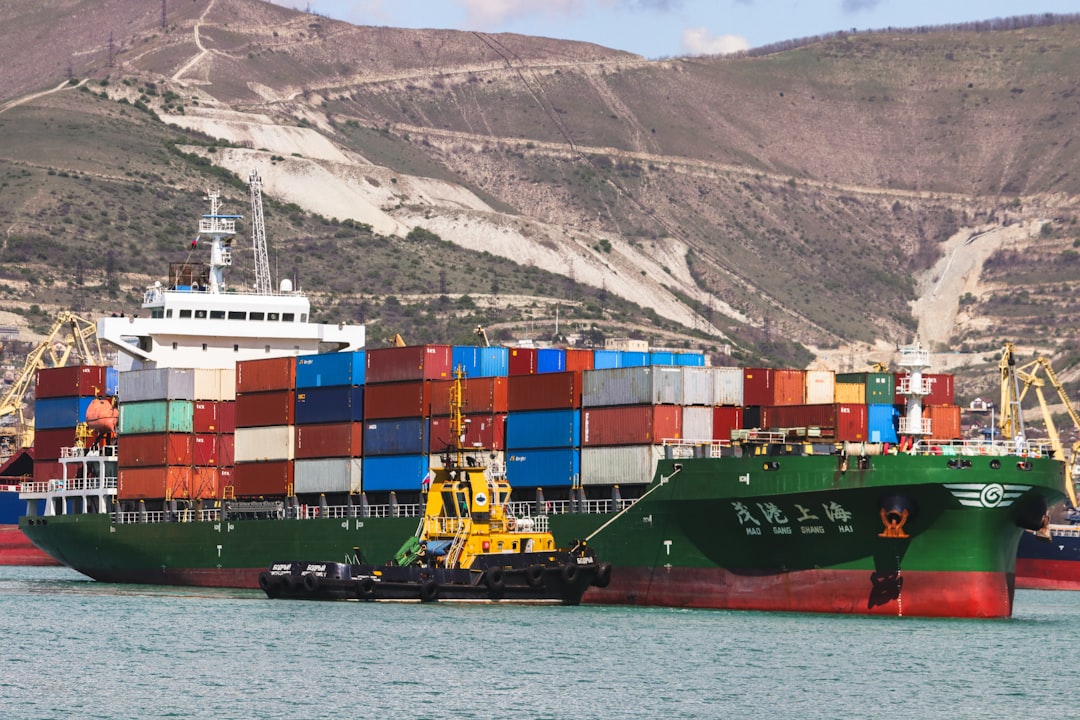In today’s interconnected world, efficient logistics are the backbone of successful global trade. Businesses rely on a seamless integration of maritime and land transportation to deliver goods on time and within budget. This post delves into the key strategies for optimizing your maritime and land logistics, ensuring a competitive edge in the global marketplace.
1. Optimizing Maritime Transportation: Charting a Course to Efficiency
Maritime transport, while cost-effective for bulk goods over long distances, presents unique challenges. Optimizing this leg of the journey requires careful planning and execution. Key considerations include:
- Choosing the Right Vessel: Selecting the appropriate vessel type (container ships, bulk carriers, tankers) is crucial based on the nature and volume of cargo. Factors like speed, capacity, and specialized handling requirements need careful evaluation.
- Port Selection and Management: Efficient port operations are paramount. Choosing ports with minimal congestion, advanced infrastructure, and streamlined customs procedures can significantly reduce transit times and costs. Pre-planning and coordination with port authorities are essential.
- Route Optimization and Scheduling: Utilizing advanced route planning software and considering factors like weather patterns, canal availability (Suez, Panama), and potential disruptions can significantly improve efficiency and reduce delays. Real-time tracking and monitoring are crucial for proactive management.
- Containerization and Cargo Security: Proper containerization and securing cargo are vital for preventing damage and theft. Utilizing standardized containers and implementing robust security measures, including tracking devices and insurance, are essential.
2. Seamless Landside Operations: Bridging the Gap Between Ports and Destinations
The landside leg of the journey, encompassing trucking, rail, and intermodal transportation, is equally critical. Optimizing these operations requires a coordinated approach:
- Intermodal Transportation: Combining different modes of transport (e.g., ship-rail-truck) often offers the most cost-effective and efficient solution. Careful planning and coordination between carriers are necessary to ensure smooth transitions.
- Truckload vs. Less-than-Truckload (LTL): Choosing between full truckload shipments for larger volumes and LTL for smaller shipments depends on cost-effectiveness and delivery time requirements. Strategic consolidation of LTL shipments can improve efficiency.
- Warehouse Management and Inventory Control: Efficient warehouse operations, including inventory management systems and optimized storage strategies, are crucial for minimizing handling times and preventing stockouts. Real-time inventory tracking is key for accurate order fulfillment.
- Last-Mile Delivery: The final leg of the journey often presents the greatest logistical challenges. Optimizing last-mile delivery through route optimization software, efficient delivery networks, and potentially utilizing alternative delivery methods (e.g., drones for specific applications) can significantly impact customer satisfaction.
3. Technology Integration: The Digital Backbone of Modern Logistics
Technology plays a pivotal role in optimizing both maritime and land logistics. Implementing advanced systems can lead to significant improvements in efficiency and cost savings:
- Transportation Management Systems (TMS): TMS software integrates all aspects of the transportation process, providing real-time visibility, route optimization, and efficient communication between stakeholders.
- Warehouse Management Systems (WMS): WMS software optimizes warehouse operations, managing inventory, tracking shipments, and automating tasks such as picking and packing.
- Global Positioning System (GPS) Tracking: Real-time tracking of shipments using GPS enables proactive monitoring, preventing delays, and improving security.
- Blockchain Technology: Blockchain offers enhanced security and transparency in supply chain management, providing immutable records of transactions and improving traceability.
4. Risk Management and Contingency Planning: Navigating Uncertainties
The global logistics landscape is susceptible to various disruptions, including weather events, political instability, and unforeseen delays. Proactive risk management is crucial:
- Diversification of Routes and Suppliers: Reducing reliance on single suppliers or transportation routes mitigates the impact of disruptions.
- Insurance and Cargo Security: Comprehensive insurance coverage protects against loss or damage, while robust security measures minimize the risk of theft or pilferage.
- Contingency Planning: Developing detailed contingency plans for various scenarios, including port closures, natural disasters, and geopolitical events, is essential for maintaining business continuity.
- Real-time Monitoring and Communication: Closely monitoring shipments and maintaining clear communication channels with all stakeholders allows for quick responses to unexpected events.
5. Collaboration and Communication: The Key to Success
Effective collaboration and communication among all stakeholders are essential for seamless integration of maritime and land logistics. This includes:
- Strong Relationships with Carriers and Suppliers: Building strong relationships with reliable carriers and suppliers ensures consistent service and efficient operations.
- Efficient Communication Channels: Utilizing real-time communication tools, such as online platforms and messaging systems, facilitates rapid information exchange and problem-solving.
- Data Sharing and Collaboration Platforms: Sharing data across the supply chain through collaborative platforms improves transparency and coordination.
- Regular Performance Reviews and Optimization: Continuously reviewing and optimizing processes based on performance data ensures continuous improvement.
By implementing these strategies, businesses can achieve a seamless synergy between maritime and land logistics, resulting in optimized efficiency, reduced costs, and enhanced customer satisfaction in the competitive global marketplace.
SEO Tags:
Maritime Logistics, Land Logistics, Supply Chain Management, Global Logistics, Transportation Management




